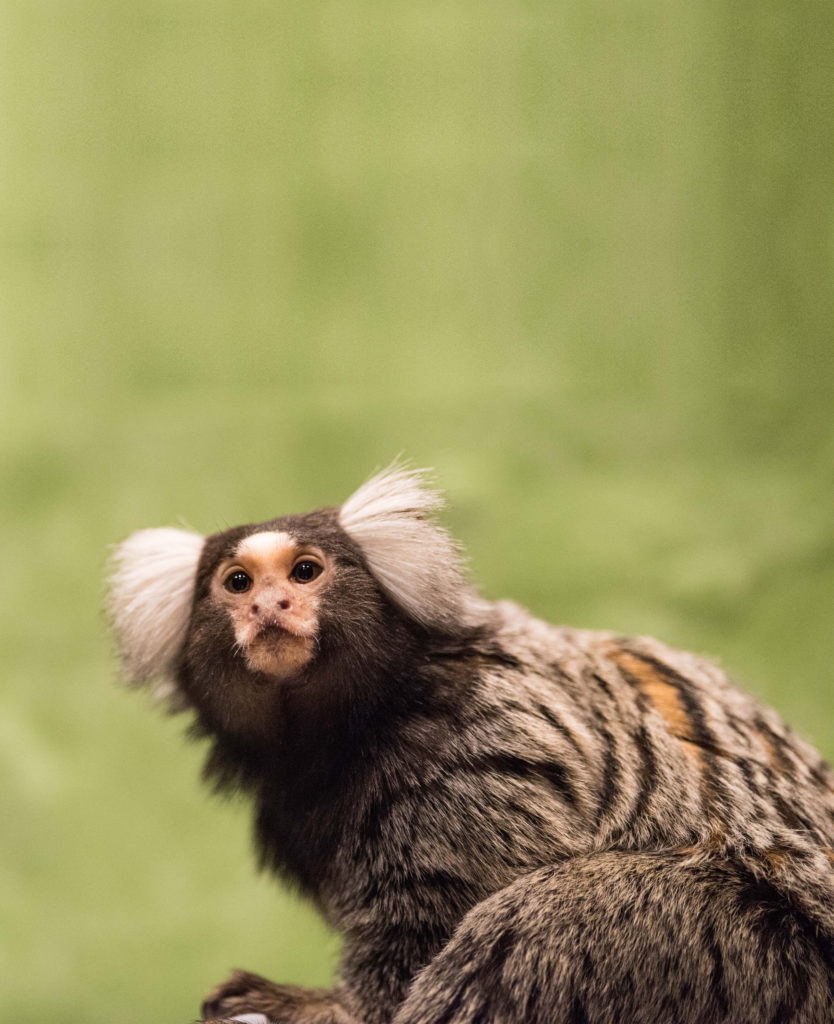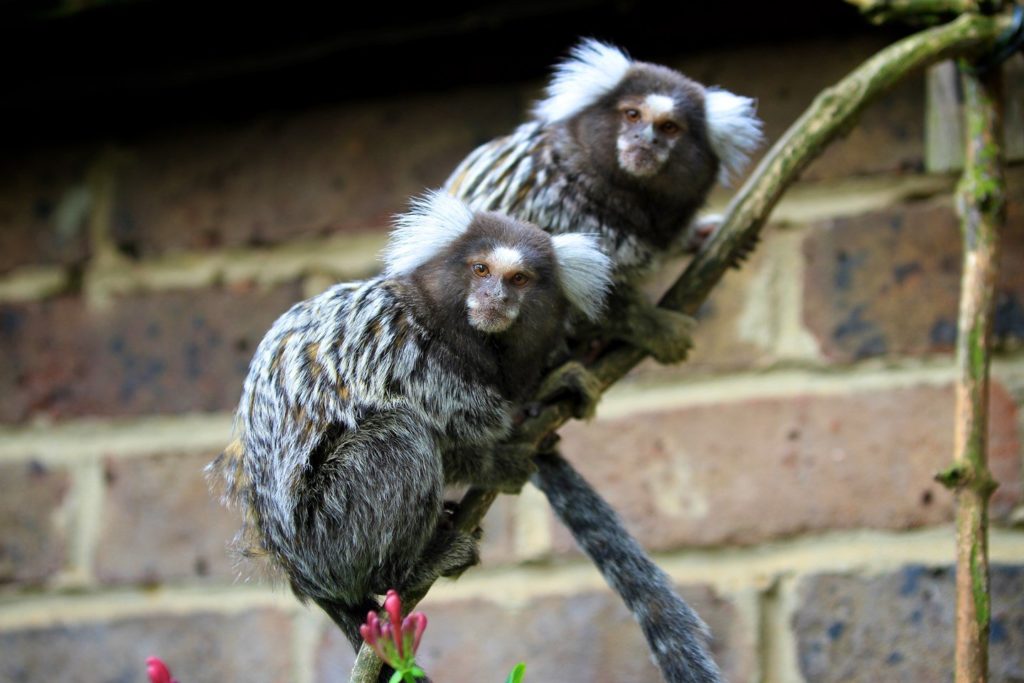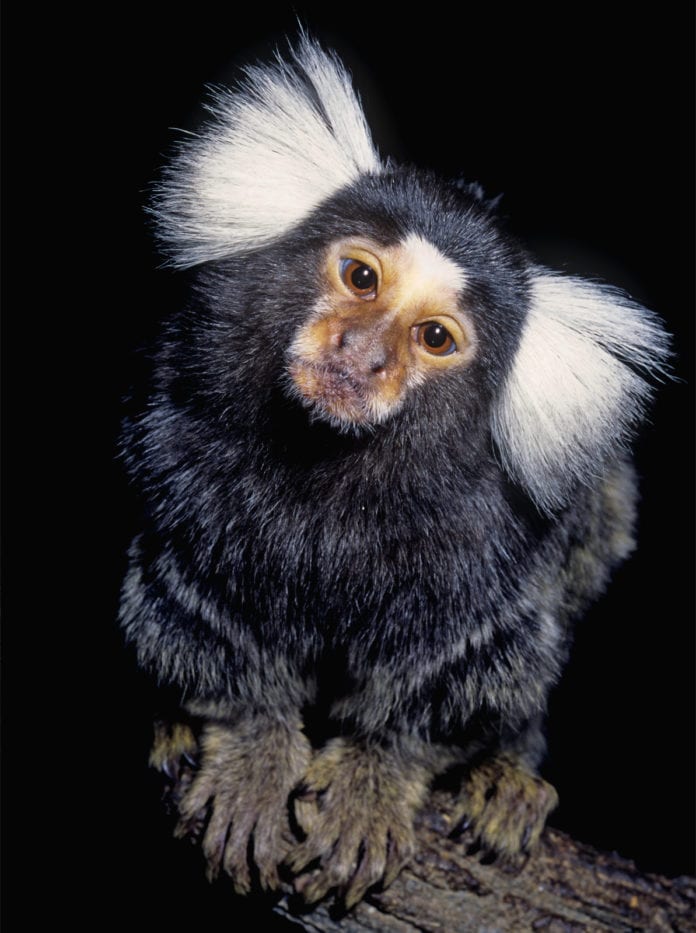Monkeys are perhaps the most human-like animals on this planet. It makes sense because of the evolutionary affinity that we have with these animals. This means that much of what humans went through when we were more primitive can happen to the different species of monkeys on Earth right now. This concept is not new as previous reports have suggested that certain monkeys have been in their unique stone age for quite some time now. Can there be other signs of such development? A new study seems to suggest that the answer to this question is yes.

The new research points out that monkeys could be under a process of self-domesticating themselves right now. This is something akin to what humans went through, and it could seriously alter the way they interact within their species. The word domestication refers to the selection of certain qualities in animals that are under human control. What we did not know is that such a process does not need a human to domesticate an animal. Our species might have unwittingly domesticated ourselves. What this translates to is the selection of partners who are less aggressive and more social.
While the evidence that such a process happened is circumstantial, the new study might have found a counterpart in the marmoset monkeys. Researchers have long known that certain social behavior in marmoset monkeys is passed down the generations the same way that language is taught to human babies. One of the biggest markers of domestication in marmosets is a white patch of fur on the animals’ foreheads. If the researchers could link how these monkeys interact with each other to that white patch, it could be taken as proof of self-domestication.

In experiments designed to find out whether such a connection existed, the researchers found that the more the monkeys learned to interact vocally, the bigger was the white patch on their heads. The mark would appear bigger and grow quicker, with an increase in talk time. The results are fascinating and have provoked a lot of speculation amongst the researchers. However, it is a landmark discovery as this is the first evidence of social behavior influencing the very physiology of an animal. While the study was relatively small and warrants further investigation, it could prove to be a big landmark in evolutionary biology.
As researchers will continue to probe the matter, we will hopefully find out how exactly this phenomenon happens and whether something similar has been happening in other species or our species in the past.
Further Reading:


